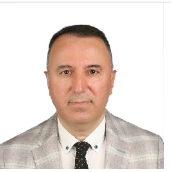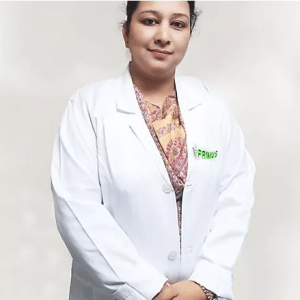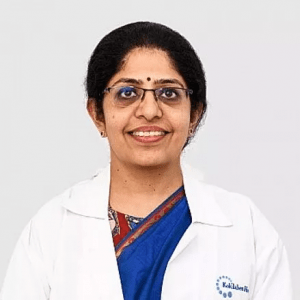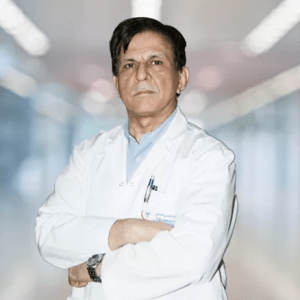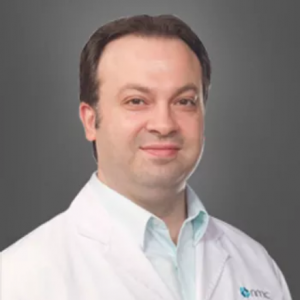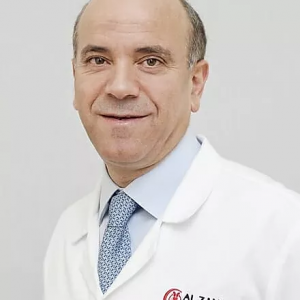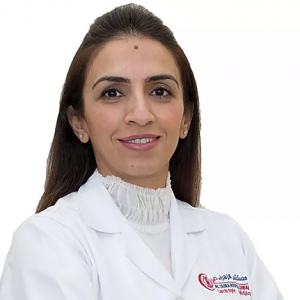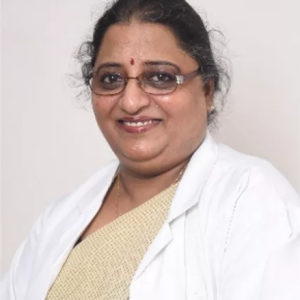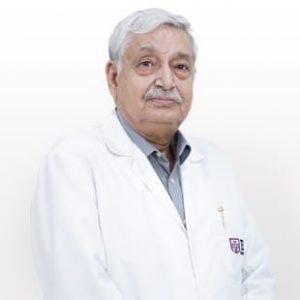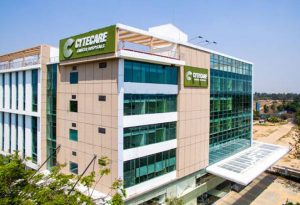Allogenic Bone Marrow Transplant
Stem cells are removed from another person, called a donor. Most times, the donor’s genes must at least partly match your genes. Special tests are done to see if a donor is a good match for you … Read More
Top Doctors For Allogenic Bone Marrow Transplant Treatments
Top Hospitals For Allogenic Bone Marrow Transplant Treatments
Allogenic Bone Marrow Transplant
Bone Marrow Transplant – BMT
Stem cells are removed from another person, called a donor. Most times, the donor’s genes must at least partly match your genes. Special tests are done to see if a donor is a good match for you. A brother or sister is most likely to be a good match. Sometimes parents, children, and other relatives are good matches. Donors who are not related to you, yet still match, may be found through national bone marrow registries. Allogeneic transplants involve the use of cells from a donor having a very close genetic match. While close relatives or siblings are the best choices, sometimes they do not match, in which case you can go to a blood donor registry. The match testing is called Human Leucocytes Antigens (HLA) type testing. Allogeneic transplants have a higher risk of complications, such as GVHD. The success of an allogeneic transplant depends on how closely the donor cells match the recipient.
PatientsConditioning process
After completion of pretransplant tests and procedures, a process known as conditioning is started. During conditioning, the patient will undergo chemotherapy and possibly radiation to:
- Destroy cancer cells if being treated for a malignancy
- Suppress the immune system
- Prepare the bone marrow for the new stem cells
- The type of conditioning process provided depends on a number of factors, including the disease, overall health, and the type of transplant planned. Both chemotherapy and radiation or just one of these treatments may be given as part of the conditioning treatment.
Leukapheresis for the Donor During leukapheresis, a donor is given up to five shots to help the stem cells move from the bone marrow and into the bloodstream. Blood is then drawn through an intravenous (IV) line, and a machine separates out the white blood cells that contain stem cells. These stem cells are implanted into the donor.
Transplant A long thin tube (intravenous catheter) will be implanted into a large vein in the chest or neck. The catheter, often called a central line, normally remains in place for the entire duration of your treatment as the doctors will use the central line to infuse the transplanted stem cells and other medications and blood products into the body of the treated patient. Multiple sessions give the new stem cells the best chance to integrate themselves into your body. That process is known as engraftment. Through this port, the patient will also receive blood transfusions, liquids, and possibly nutrients. Medications to fight off infections and help the new marrow grow are also injected.
Who can be a donor for BMT and an Ideal donor?
An ideal donor is between 18 to 44 years of age. The reason is usually the stem cells harvested from younger donors lead to long-term survival rates. Doctors require 8 – 10 HLA matches to engage in BMT. In the case of cord cell blood, even 4- 6 matches are accepted by Doctors.
What is the duration and outcome of BMT?
Duration of BMT normally depends on the condition of the patient, and the type of treatment provided, and complications that may arise. Engraftment is complete between 10 – 28 days. The success of the engraftment is the increase of the WBC count. Recovery may take 3 months to up to 1 year and depends on a host of factors. There are chances that the condition may last for the entire life, though modern medicine has increased the success rate of BMT substantially.
What are the complications arising from BMT?
A BMT involves several risks, some potentially fatal. The complications depend on many factors, including the type of disease or condition, the type of transplant, and the age and health of the person. Some people experience few problems with a transplant, while others may develop serious complications that may require hospitalization. The following are some complications that may occur with a BMT. However, each individual may experience symptoms differently.
These complications may also occur alone, or in combination:
- Infections
- Low platelets and low red blood cells
- Organ damage – The liver and heart are important organs that may be damaged during the transplantation process. Temporary or permanent damage to the liver and heart may be caused by infection, graft-versus-host disease, high doses of chemotherapy and radiation, or fluid overload
- Graft failure – Failure of the graft (transplant) taking hold in the marrow
- Graft-versus-host disease – Graft-versus-host disease (GVHD) can be a serious and life-threatening complication of a BMT. GVHD occurs when the donor’s immune system reacts against the recipient’s tissue.
- It typically affects skin, digestive tract or liver
- Cataracts
- Infertility
- Pain in the form of mouth sores and gastrointestinal irritability
- Fluid overload – Fluid overload is a complication that can lead to pneumonia and high blood pressure
- Respiratory distress
Symptoms
Those who suffer from Sickle cell anemia.
• A few types of cancer like Leukemia, Multiple Myeloma or Hodgins Lymphoma.
• Non Hodgins Lymphoma
• aplastic anemia, which is a disorder in which the marrow stops making new blood cells
• Due to chemotherapy the bone marrow is damaged.
• congenital neutropenia, which is a genetic disorder that causes recurring infections
• thalassemia, which is another genetic blood disorder where the body makes an abnormal form of hemoglobin which is in RBC.
• Rare diseases like Krabbe disease, Hurler Syndrome, Adrenoleukodystrophy, and metachromatic Leukodystrophy
FAQ
Why is this allogeneic bone marrow transplant done?
A bone marrow transplant is done to replace the diseased or damaged blood cells of the bone marrow with healthy blood cells that can be taken from one’s own body or from an outside donor. In allogeneic transplant, healthy stem cells are taken from another person usually a family member, sibling or an outside donor.
Do I need blood transfusion for allogeneic bone marrow transplant?
After undergoing bone marrow transplantation, it may take a few weeks for the donor cells to settle and produce new blood cells into your body. Hence blood transfusion is required for the first few days until the bone marrow has recovered.
What is the difference between autologous bone marrow transplant and allogeneic bone marrow transplant?
The basic difference between these two is the donor i.e. from where the stem cells are being taken.
In an autologous transplant, stem cells are taken from a person’s own body whereas in allogeneic, stem cells are taken from a family member or sibling or any other suitable donor.
What are the complications that can arise after allogeneic bone marrow transplant?
The potential complications include:
• Graft- versus- host disease(donor cells attack the recipients body assuming it to be a threat)
• graft failure
• infections
• new cancers
• bone pain
• cataracts
How long is the recovery after allogeneic bone marrow transplant?
The recovery time varies from person to person. An individual’s immunity, diet, age etc can affect the recovery time. It usually takes about 3 months to 1 year or so to completely recover after the surgery if there are no complications seen.
How to find a donor for allogeneic bone marrow transplant?
The most common donors are family members or siblings however anyone can become a donor as long as the genetic materials match. A test is done prior to the surgery to see whether the donor is a correct match or not.








